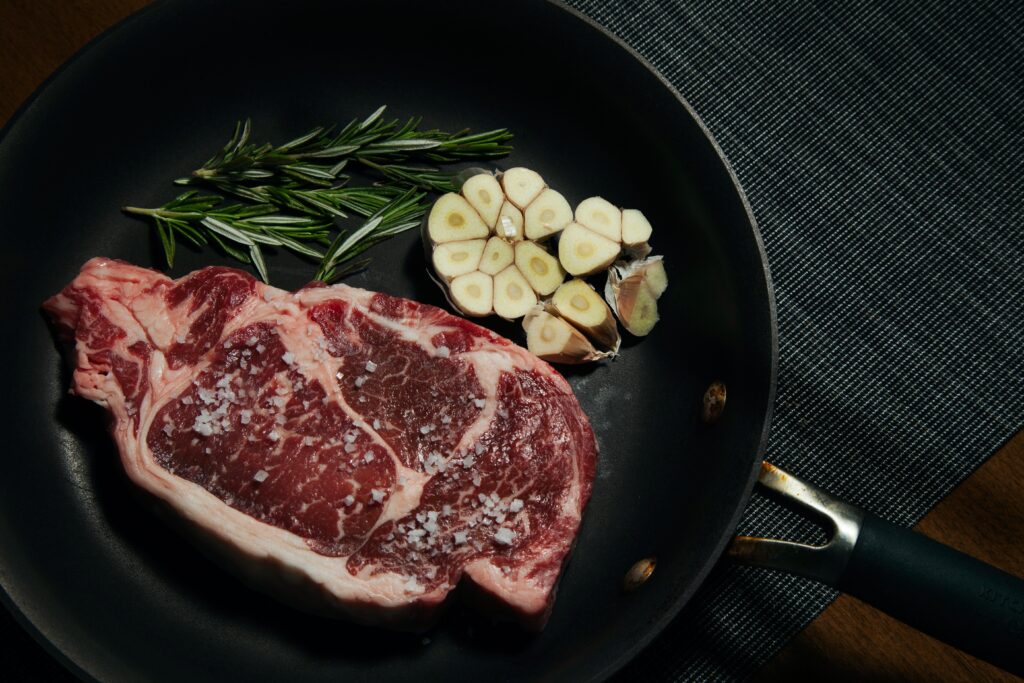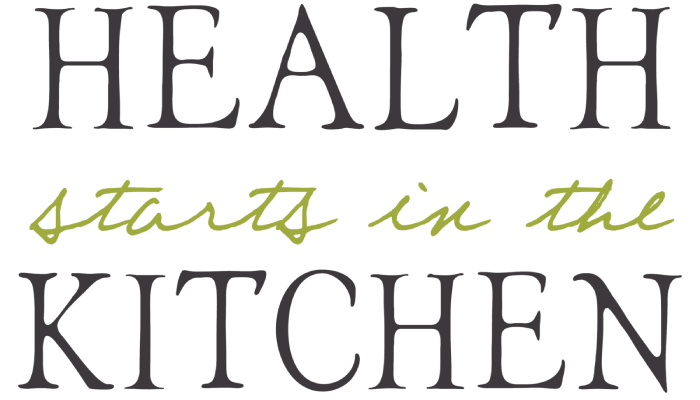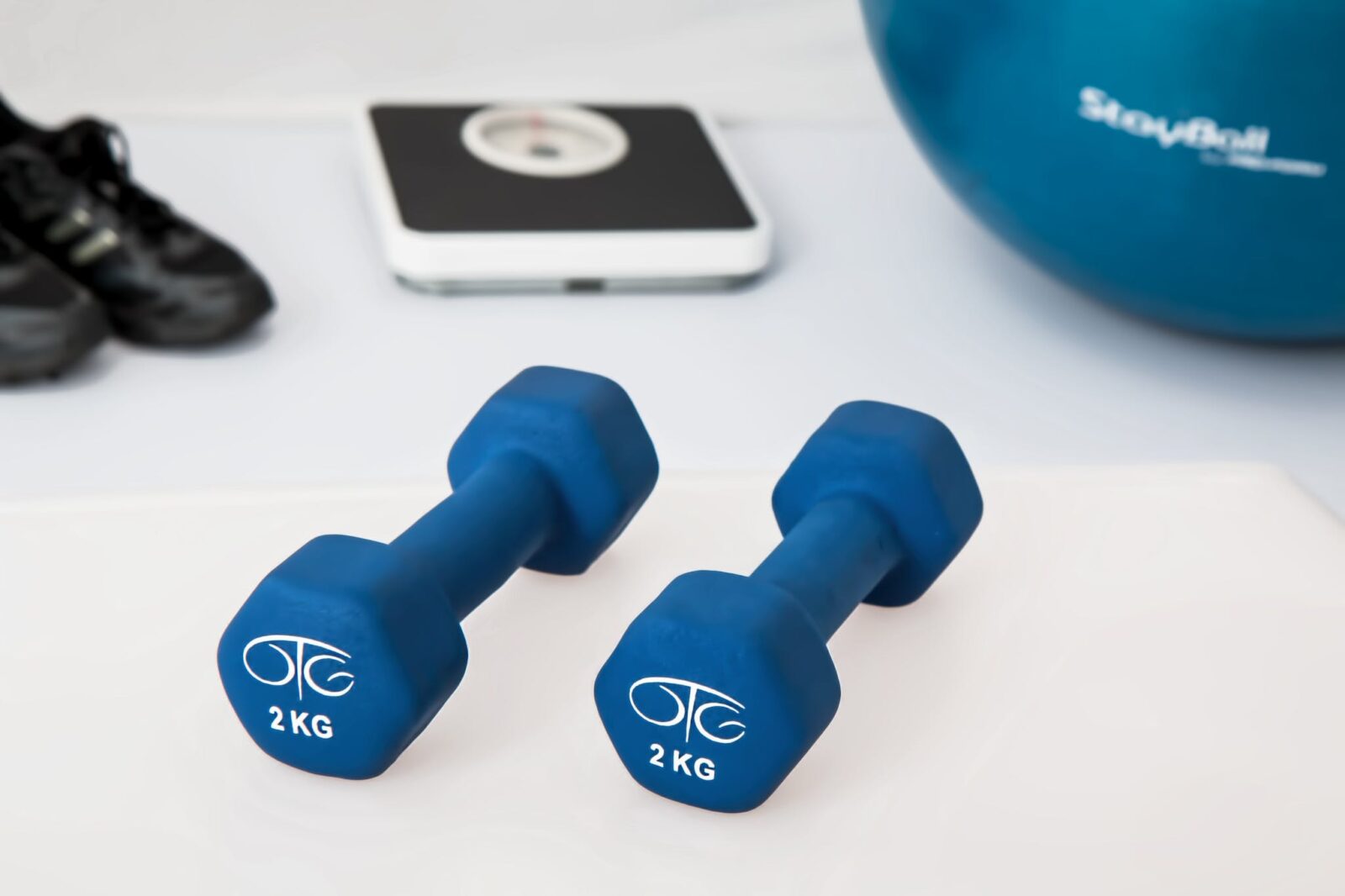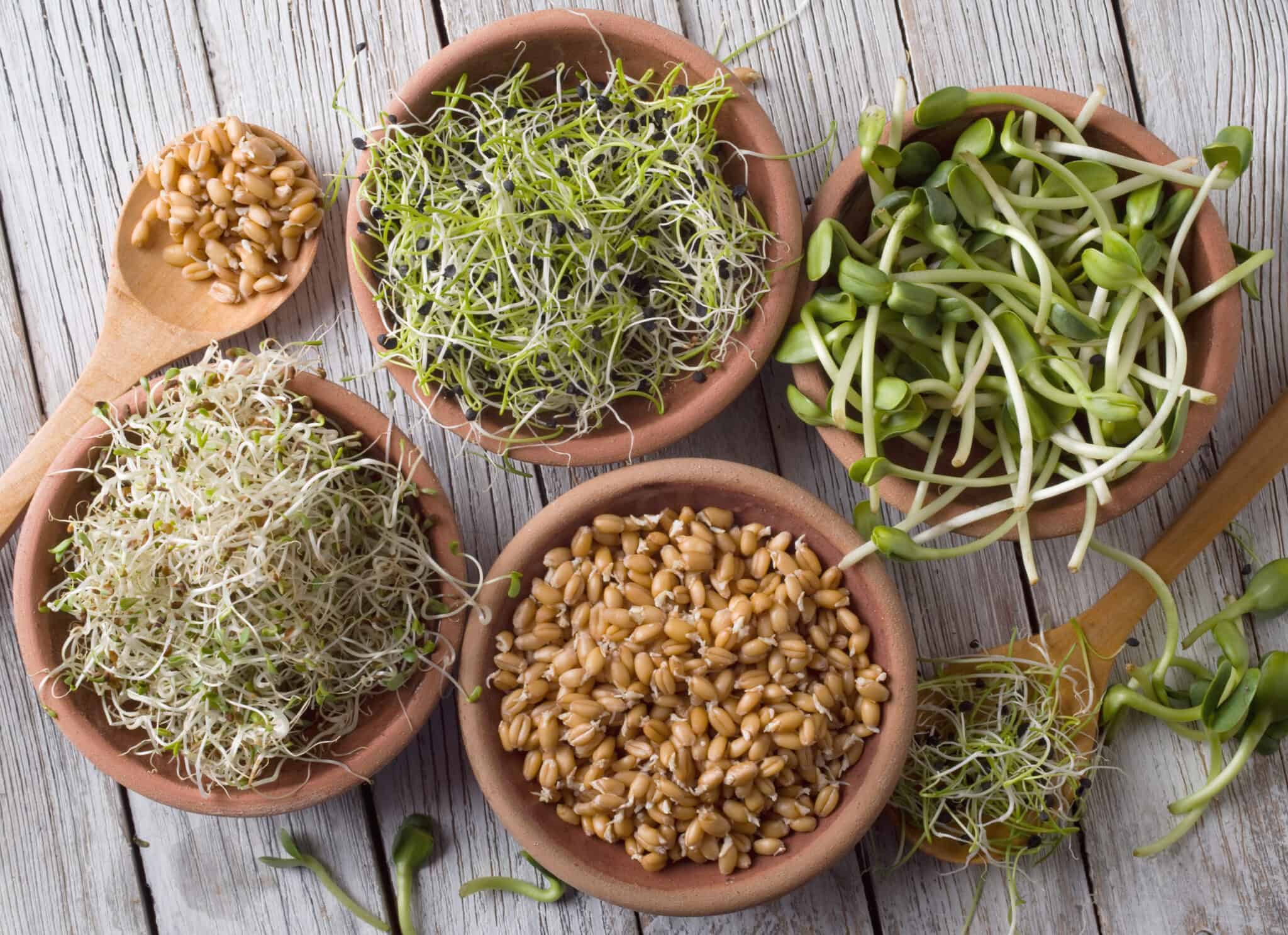Understanding The Role Of Steak In A Healthy Diet: Myths And Facts
Steak, a culinary delight revered by many, can serve as more than just an indulgent meal.
When sourced and prepared correctly, it can be a powerhouse of nutrition that contributes to a healthy diet.
A succulent piece of steak not only satiates the taste buds but also provides a considerable portion of essential nutrients like proteins, vitamins, and minerals. Its role in our diet, however, is often clouded by misconceptions.
Misunderstood as a high-fat indulgence, steak’s nutritional benefits can be overlooked. This narrative aims to debunk such myths and bring to light the important role steak can play in a balanced diet.

Photo by Nanxi wei on Unsplash
From the sizzling grill of a summertime barbeque to a campfire under the starlit sky, steak proves to be a versatile, nutritionally dense food option.
Understanding how to choose, cook, and incorporate it into your meals can help harness its health benefits, even when you are venturing into the great outdoors.
In the sections to follow, we delve into the integral role steak plays in a healthy camping diet, debunk some common myths about steak and health, and outline the nutritional benefits this meaty marvel has to offer.
The Role Of Steak In A Healthy Camping Diet
Outdoor enthusiasts often associate camping with marshmallows, hot dogs, and canned beans.
However, indulging in a juicy, perfectly grilled steak can elevate your camping experience to a new level.
Not only does it provide a gourmet twist to your outdoor meals, but steak also plays a crucial role in supporting a healthy diet, even while on an adventure.
Finding The Best Cooking Set For Steak
The first step to enjoying a steak under the starlit sky starts with having the right equipment.
A high-quality cooking set can make all the difference, both in terms of convenience and the quality of the meal.
When selecting a cooking set, consider one that includes a cast-iron skillet or grill pan, capable of withstanding high heat and distributing it evenly.
A properly seasoned cast-iron pan can impart a beautiful sear to your steak, enhancing the taste and locking in the juices.
Look for a set that includes high-quality, durable utensils. Steak requires a sturdy set of tongs for turning and a sharp, reliable knife for portioning.
Remember, investing in a good cooking set is not just about the convenience during your trip, but also about the quality of food and your overall health.
Cooking Steak To The Perfect Degree
Cooking a steak to the desired doneness while camping can be tricky.
However, understanding the nuances of heat and timing can result in a meal that’s both tasty and nutritionally rewarding.
Steak, depending upon the cut, can provide an ample supply of protein, essential for muscle recovery after a day filled with hiking and outdoor activities.
When cooking steak, the internal temperature is key. Rare steak is usually cooked to an internal temperature of 125 degrees F, medium-rare to 135 degrees F, and medium to 145 degrees F.
Using a reliable meat thermometer can ensure you reach these temperatures, safeguarding not only taste but also food safety.
Busting Myths About Steak And Health
In the health-conscious world we live in today, steak has often been viewed with skepticism.
However, many of the claims made about steak and its impact on health are based on misconceptions and lack substantial scientific backing.
Steak Is High In Unhealthy Fats
One common misconception is that steak is predominantly made up of unhealthy fats. While it’s true that steak contains saturated fats, it’s not the whole story.
Steak is also an excellent source of monounsaturated fats, the same healthy fats found in olive oil.
The fat in steak provides essential fatty acids like omega-3 and omega-6. These fats support brain health, contribute to cell growth, and help your body absorb vitamins.
Moreover, the fat content varies considerably among different cuts of steak.
Lean cuts like eye round steak or sirloin tip side steak can be included in a healthy diet, offering a good balance of protein and fat.
Steak Leads To High Cholesterol Levels
The fear that consuming steak can lead to high cholesterol levels is another myth that has been debunked.
While steak does contain cholesterol, dietary cholesterol doesn’t raise blood cholesterol levels as much as once thought.
According to research, it’s the mix of fats and carbohydrates in your diet that influences your blood cholesterol levels, not necessarily the cholesterol in food.
However, moderation is the key to reaping the benefits of steak while maintaining a healthy cholesterol profile.
The Nutritional Powerhouse That Is Steak
Steak is more than a source of protein; it’s a rich source of several vitamins and minerals that are vital for our body functions.
Steak Is A Good Source Of Iron
One of the most significant benefits of steak is its high iron content.
Iron is a crucial component of hemoglobin, the substance in red blood cells that carries oxygen from your lungs to transport it throughout your body.
Iron deficiency can lead to anemia, making steak a particularly good dietary choice for those at risk.
Steak Provides High-Quality Protein
There is no denying the fact that steak provides one of the highest quality proteins.
It contains all nine essential amino acids required for the growth and maintenance of our body.
Protein plays a critical role in creating antibodies that help fight diseases, repairing tissue damage, and supporting overall growth and development.
Rich In B Vitamins
Steak is rich in B vitamins, particularly vitamin B12, which is not typically found in plant foods.
These vitamins play a critical role in maintaining good health and well-being. B vitamins have a direct impact on your energy levels, brain function, and cell metabolism.
Closing Remarks
In conclusion, whether you’re around a campfire or at home, steak can be an essential part of a balanced, healthy diet.
It offers many nutritional benefits while satisfying your taste buds. It’s all about understanding your body’s nutritional needs, choosing the right cut, and cooking it appropriately.
Enjoy your steak meal responsibly, and you will find a satisfying and nourishing food source that contributes to a healthier lifestyle.






